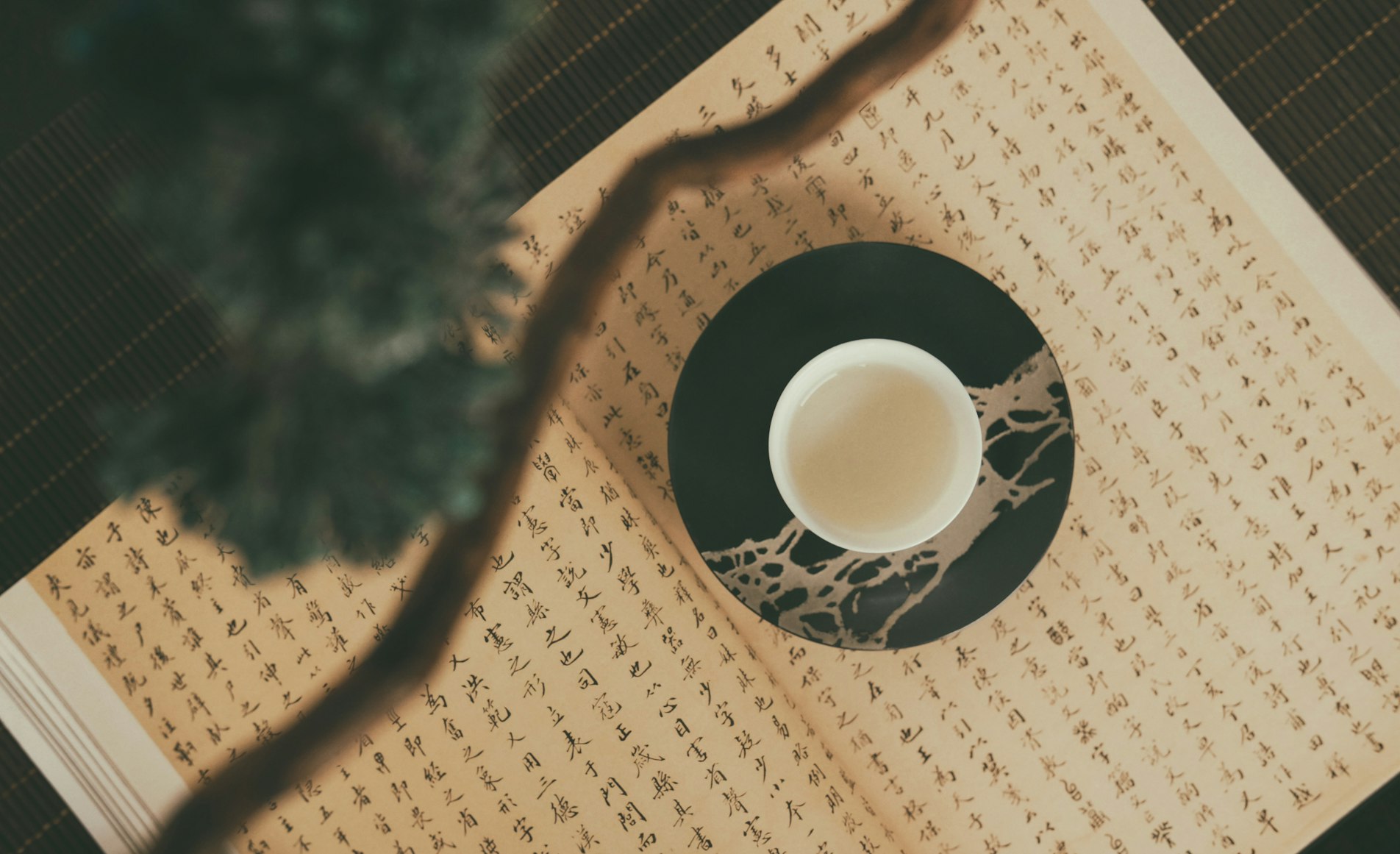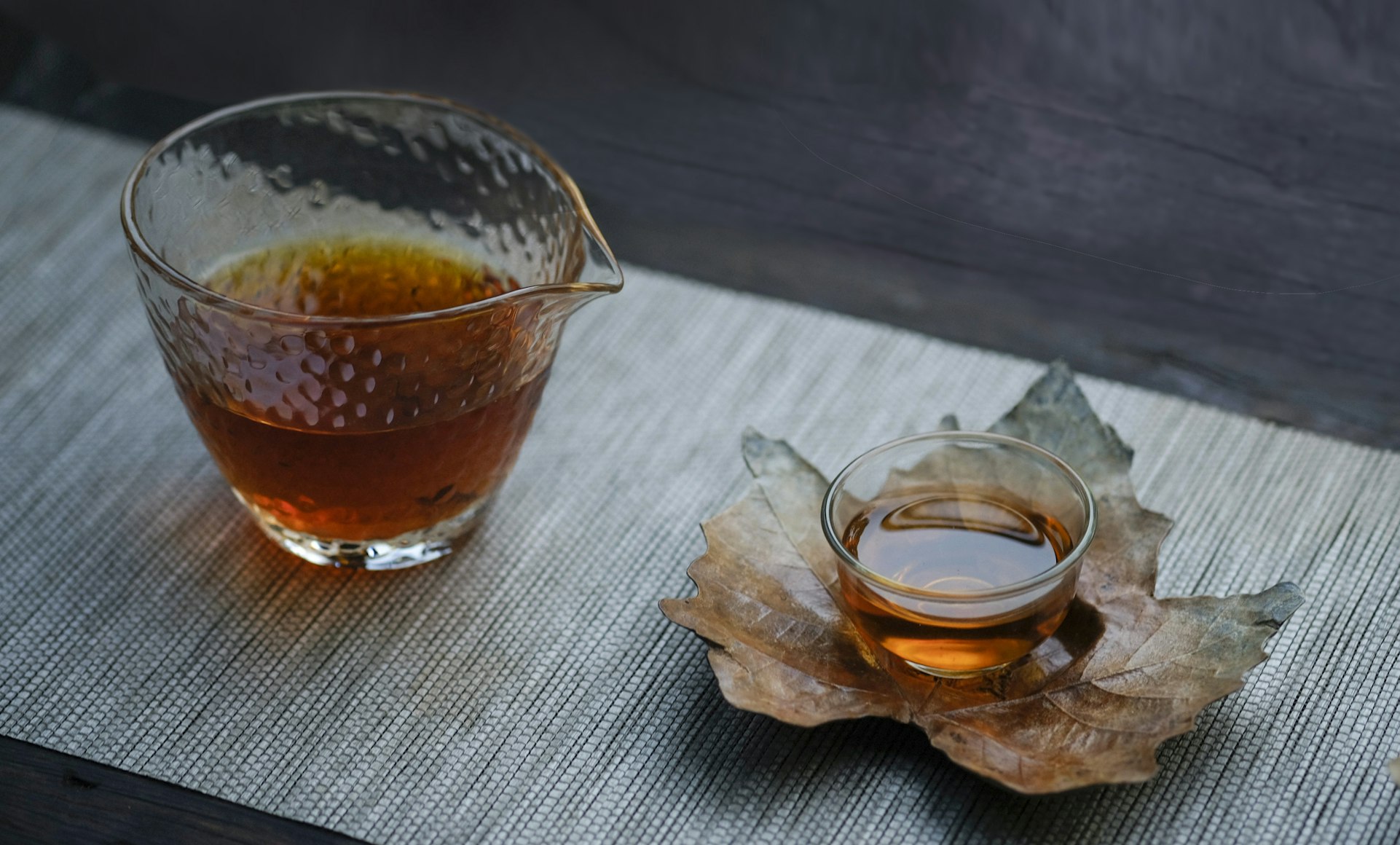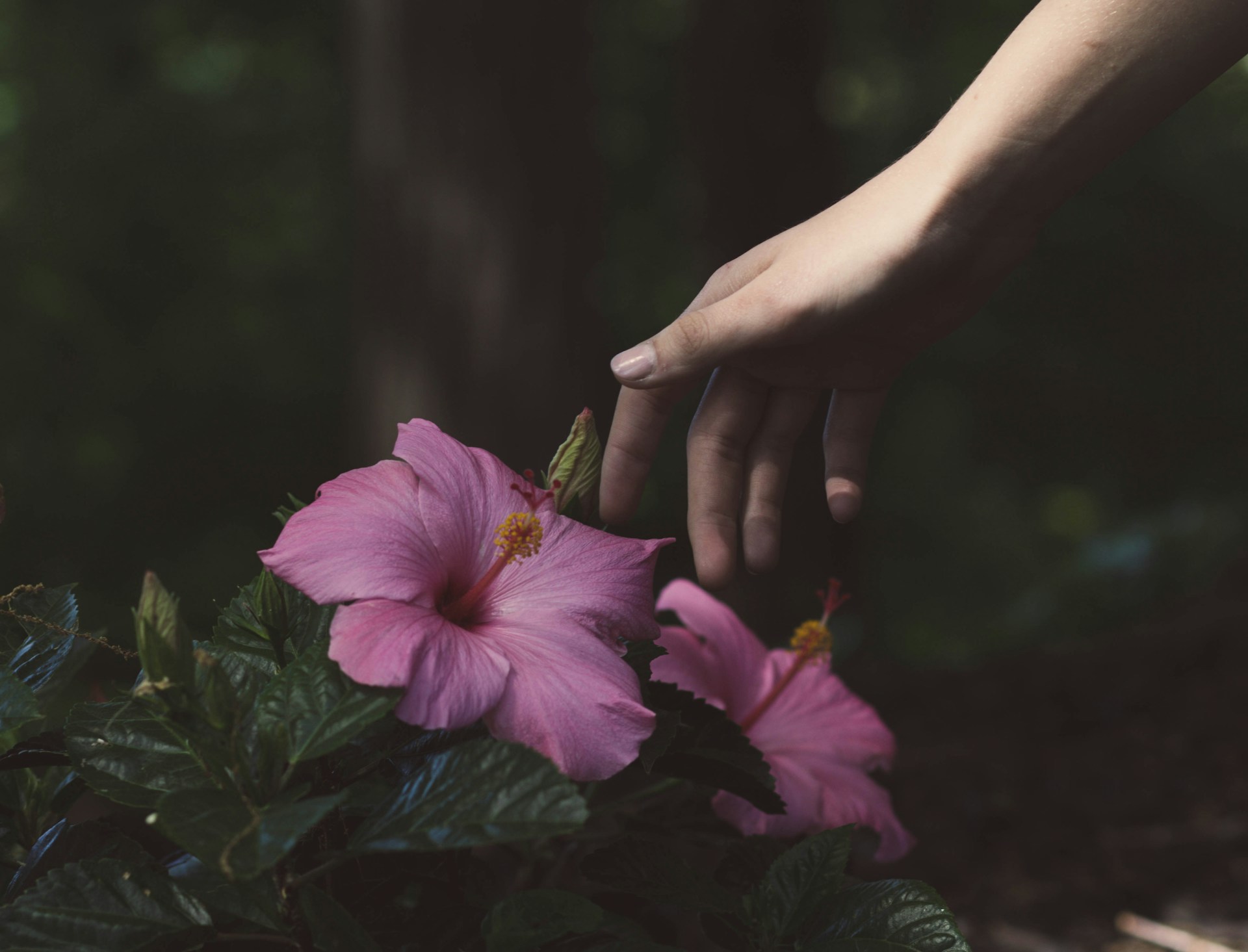The hibiscus is native to warm temperate, subtropical, and tropical regions around the world, and is renowned for its large, showy, and colorful flowers. Some species are also cultivated for their edible leaves, seeds, fruits, and calyces (the outer part of the flower).
Hibiscus has a long and rich history of use in various cultures and traditions. It has been valued for its beauty, medicinal properties, culinary applications, and symbolic meanings. We will explore some of the most fascinating aspects of this amazing plant, and how you can enjoy its benefits
The Origin of Hibiscus
The origin of hibiscus is not very clear, as different species have different geographic distributions and genetic variations. However, some experts believe that hibiscus may have originated from India, and then spread to other parts of Asia, Africa, the Pacific Islands, and the Americas through human migration and trade.
Hibiscus has been used for various purposes since ancient times. For example, the ancient Egyptians used these flowers to make garlands and wreaths for religious ceremonies and funerals. They also used hibiscus tea as a refreshing drink and a remedy for fever and heart problems
The ancient Greeks and Romans also appreciated the beauty and fragrance of hibiscus flowers and used them to decorate their homes and gardens. They also used hibiscus as a dye for fabrics and cosmetics.

In China, hibiscus was cultivated as early as the Song dynasty (960-1279 AD) and was considered a symbol of wealth and nobility. Hibiscus flowers were also used to make herbal teas, wines, jams, and syrups.
In India, hibiscus is associated with the goddess Kali and is used as an offering and decoration in temples and shrines. Hibiscus is also used in Ayurvedic medicine to treat various ailments, such as skin infections, menstrual disorders, hair loss, and digestive problems.
In the Pacific Islands, hibiscus is a common and beloved plant that has many cultural and spiritual meanings. For example, in Hawaii, hibiscus is the state flower and is used to make leis (flower necklaces) and hula skirts. Hibiscus is also a symbol of hospitality, friendship, love, and respect.
In the Caribbean, hibiscus, known as sorrel or roselle, is used to make a popular drink consumed during Christmas and New Year celebrations. The drink is made by boiling the dried calyces of hibiscus with sugar, spices, and sometimes rum. It has a tart and refreshing taste and is believed to have health benefits, such as lowering blood pressure and cholesterol
In Africa, hibiscus is widely grown and used for various purposes, such as food, medicine, fiber, and dye. Hibiscus is also a symbol of unity, strength, and resilience, as it can survive in harsh and dry conditions.
5 Amazing Health Benefits of Hibiscus
Hibiscus is not only a beautiful and versatile plant, but also a potent source of health benefits. Some of the most well-known and researched health benefits of hibiscus are:
- Lowering blood pressure: Hibiscus tea has been shown to lower both systolic and diastolic blood pressure in several human studies. This may be due to the vasodilating and diuretic effects of hibiscus, as well as its ability to inhibit the enzyme that constricts blood vessels. Hibiscus tea may also help prevent hypertension-related complications, such as stroke, heart attack, and kidney damage.
- Lowering cholesterol and triglycerides: Hibiscus tea may also help lower the levels of total cholesterol, LDL (bad) cholesterol, and triglycerides in the blood while increasing the levels of HDL (good) cholesterol. This may be due to the antioxidant and anti-inflammatory effects of hibiscus, as well as its ability to modulate the activity of enzymes and receptors involved in lipid metabolism. Hibiscus tea may also help prevent atherosclerosis, the buildup of plaque in the arteries.
- Protecting the liver: Hibiscus tea may help protect the liver from damage caused by toxins, drugs, alcohol, and infections. This may be due to the antioxidant and anti-inflammatory effects of hibiscus, as well as its ability to enhance the detoxification and regeneration of liver cells. Hibiscus tea may also help prevent liver diseases, such as fatty liver, cirrhosis, and hepatitis.
- Supporting weight loss: Hibiscus tea may help support weight loss by reducing appetite, increasing metabolism, enhancing fat burning, and preventing fat accumulation. This may be due to the effects of hibiscus on hormones, enzymes, and genes involved in energy balance and fat storage. Hibiscus tea may also help prevent obesity-related complications, such as diabetes, cardiovascular disease, and inflammation.
- Fighting infections: Hibiscus tea may help fight infections caused by bacteria, fungi, viruses, and parasites. This may be due to the antibacterial, antifungal, antiviral, and antiparasitic effects of hibiscus, as well as its ability to boost the immune system and modulate the inflammatory response. Hibiscus tea may also help prevent infections of the respiratory, urinary, digestive and reproductive systems.
The Uses of Hibiscus

Hibiscus can be used in various ways, such as:
- Tea: Hibiscus tea is one of the most popular and easy ways to enjoy the benefits and uses of hibiscus. Hibiscus tea can be made by steeping dried or fresh hibiscus flowers, calyces, or leaves in hot water for a few minutes. Hibiscus tea has a tart and fruity flavor, similar to cranberries, and can be sweetened with honey, sugar, or stevia. Hibiscus tea can be enjoyed hot or cold and can be mixed with other herbs, spices, or fruits for added flavor and benefits.
- Making food: Hibiscus can also be used as a food ingredient, adding color, flavor, and nutrition to various dishes. Hibiscus flowers, calyces, and leaves can be eaten raw or cooked and can be used to make salads, soups, stews, sauces, jams, jellies, syrups, pies, cakes, breads, muffins, cookies and more. Hibiscus seeds can be roasted and eaten as a snack, or ground and used as a flour or a coffee substitute. Hibiscus fruits can be eaten fresh or dried and can be used to make juices, smoothies, wines, vinegar, and more.
- Making cosmetics: Hibiscus can also be used as a cosmetic ingredient, enhancing the beauty and health of the skin and hair. Hibiscus flowers, calyces, and leaves can be infused in water, oil, vinegar, alcohol, or glycerin, and can be used to make toners, cleansers, moisturizers, masks, scrubs, lotions, creams, balms, serums, sprays and more. Hibiscus can also be used to make hair rinses, conditioners, shampoos, gels, oils, and more.
- Making dye: Hibiscus can also be used as a natural dye, adding color to fabrics, paper, wood, leather, and more. Hibiscus flowers, calyces, and leaves can be boiled in water, with or without a mordant (a substance that helps fix the color), and can be used to dye various materials. Hibiscus can produce colors ranging from red, pink, purple, blue, green, yellow, orange, and brown, depending on the variety, pH, and more.
Conclusion
Hibiscus is truly a plant that deserves our appreciation and admiration. From its stunning flowers to its nutritious and medicinal parts, hibiscus can be used for various purposes, such as making tea, food, cosmetics, dye, and more. Hibiscus also has a long and rich history of use in different cultures and traditions and has many symbolic meanings and associations. If you are interested in trying out hibiscus products, you can find them here in our stores. You can also grow your own hibiscus plants in your garden or indoors, and enjoy their beauty and benefits. Hibiscus is a plant that can enrich your life in many ways.
Reference
https://www.healthline.com/nutrition/hibiscus-tea-benefits
https://www.britannica.com/plant/hibiscus
https://www.verywellhealth.com/hibiscus-benefits-side-effects-and-more-7484045
https://www.healthline.com/nutrition/all-you-need-to-know-hibiscus



